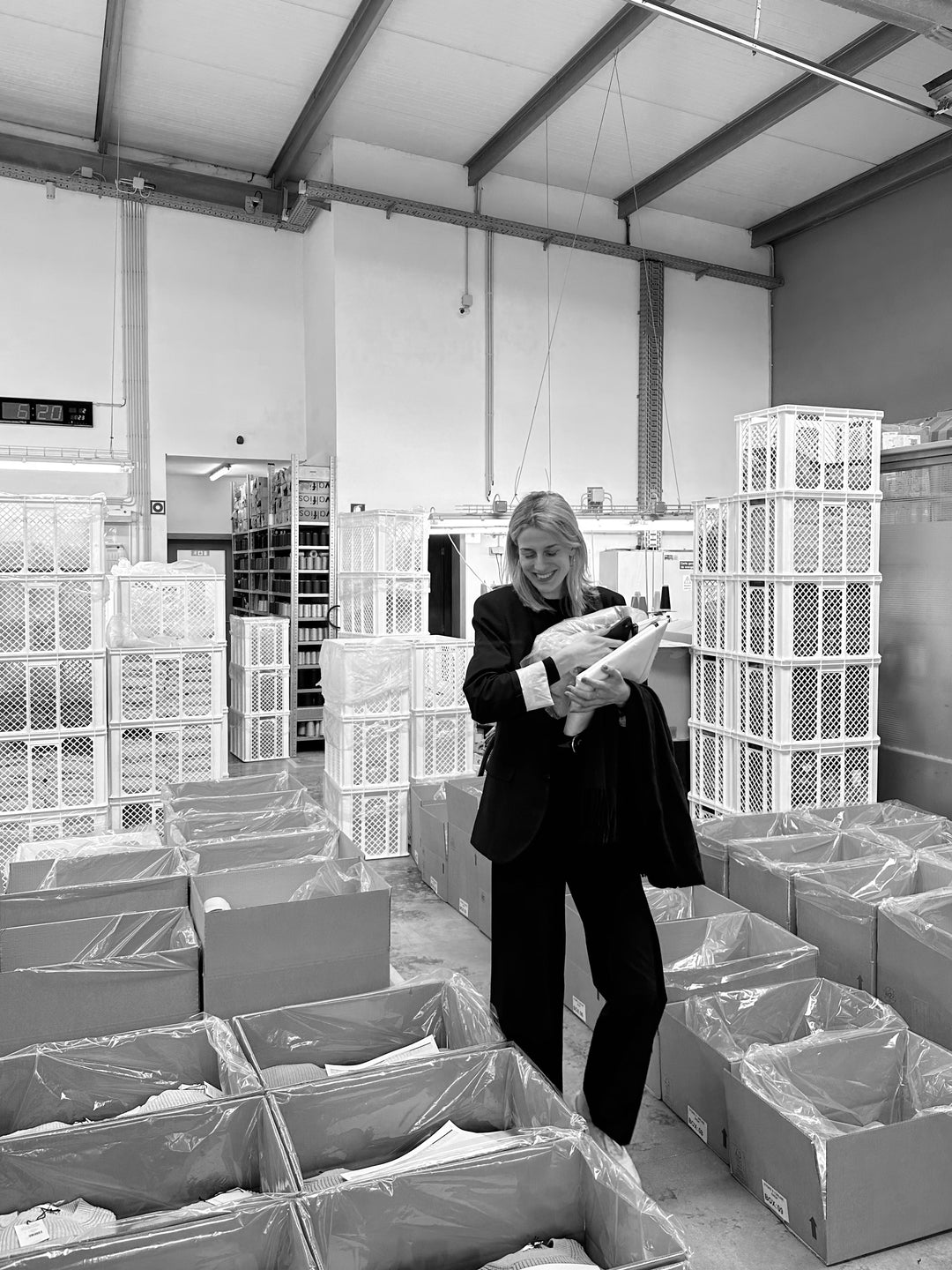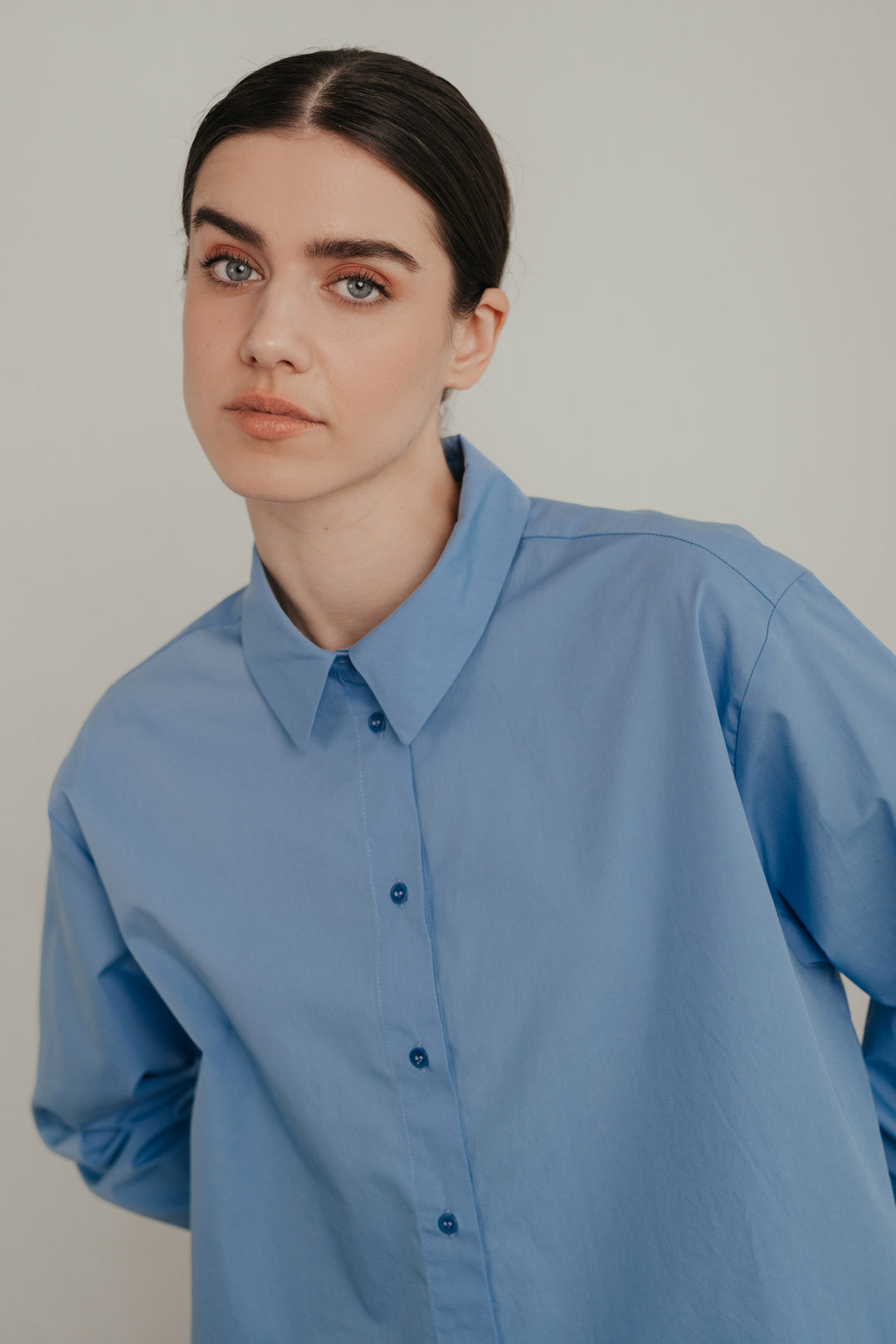What does circular economy mean and why is it the future?
A product is designed, produced and transported. Then it is sold and briefly used, thrown away, landfilled or incinerated: This is a typical product life cycle.
NO GOING BACK: THE LINEAR ECONOMY
This model is called linear economy (also "disposable economy") and is the dominant economic model in our society. Producers are usually concerned with selling as much and as quickly as possible without taking responsibility for overproduction on the one hand and the time after use on the other. Consumers, on the other hand, want to buy as often, as often and cheaply as possible, quantity instead of quality. Acquired products quickly become unusable garbage. This has fatal consequences for the environment. 
THE END IS BACK FROM THE BEGINNING: THE CIRCULAR ECONOMY
In order to change this, we have to think of products differently and manage them in such a way that we can use resources again and again or give them back to nature without any problems. The model is called the circular economy. Existing materials and products are shared, reused, repaired, refurbished and recycled for as long as possible
A possible cycle of clothing:

WHY DO WE NEED A CIRCULAR ECONOMY?
Resources are becoming increasingly scarce: According to the OECD, annual global resource consumption could double by 2060 if consumption continues. With a longer use of existing products, we economize on existing resources and consume fewer new ones.
Greenhouse emissions can be reduced: Reusing or processing used products causes less CO₂ than manufacturing new products.
Waste can be avoided: Many products are only used for a short time - as waste, they often remain on earth for centuries. The garbage mountain of the earth grows and grows. We live on a planet surrounded by an ozone layer - where does the waste go anyway? Fixing, reusing and recycling more creates less waste and could save us from suffocating in garbage mountains.
Conclusion: Products must become more resource-efficient and durable. The more often our waste is kept in the cycle as a raw material for something new, the better and more environmentally friendly. The following applies: pollutants have no place in products or in waste!













